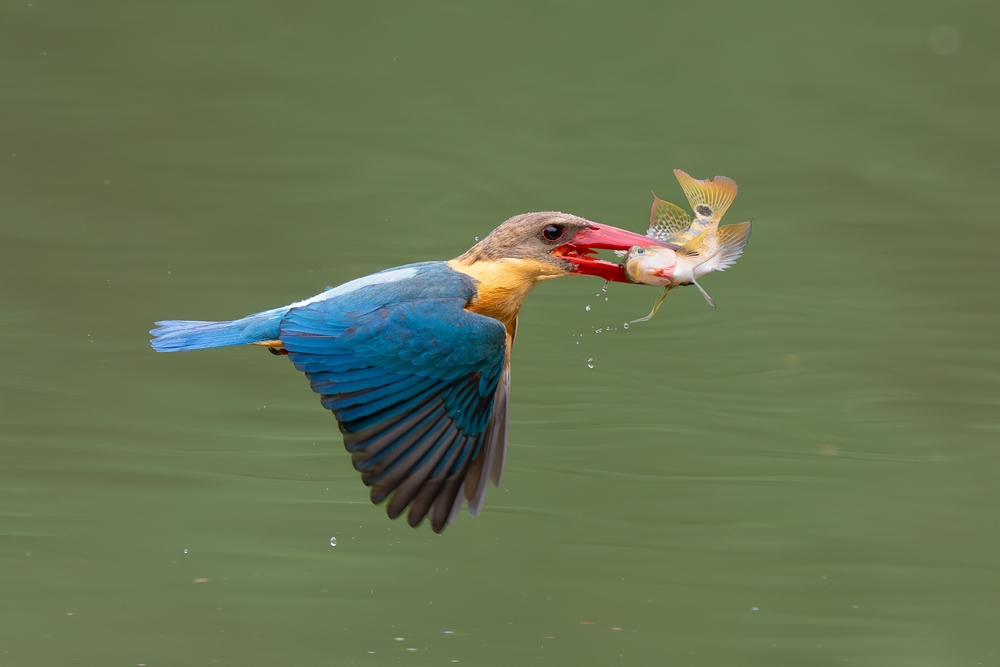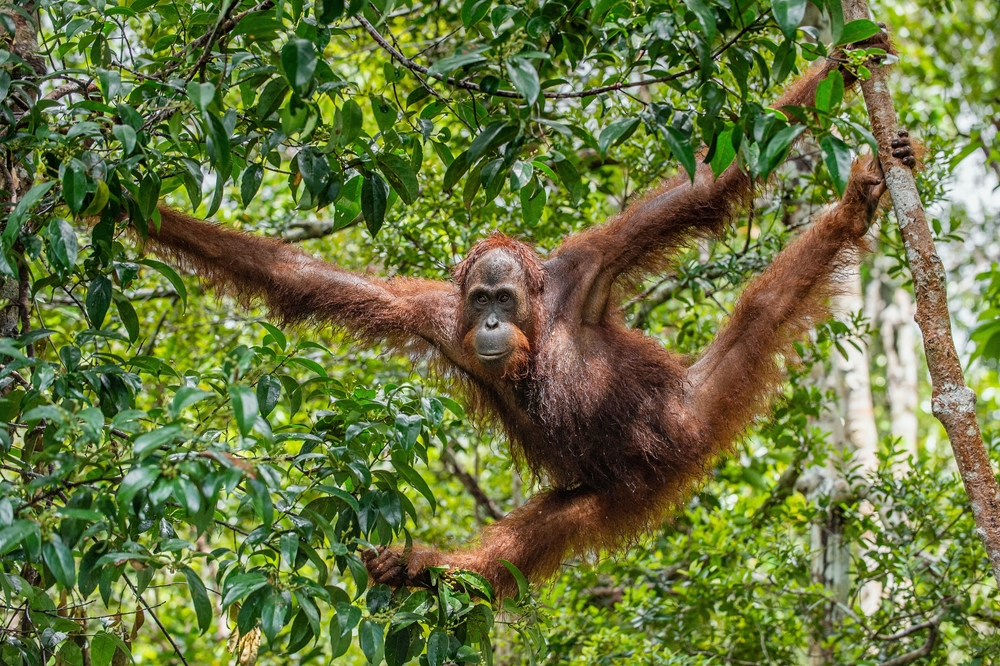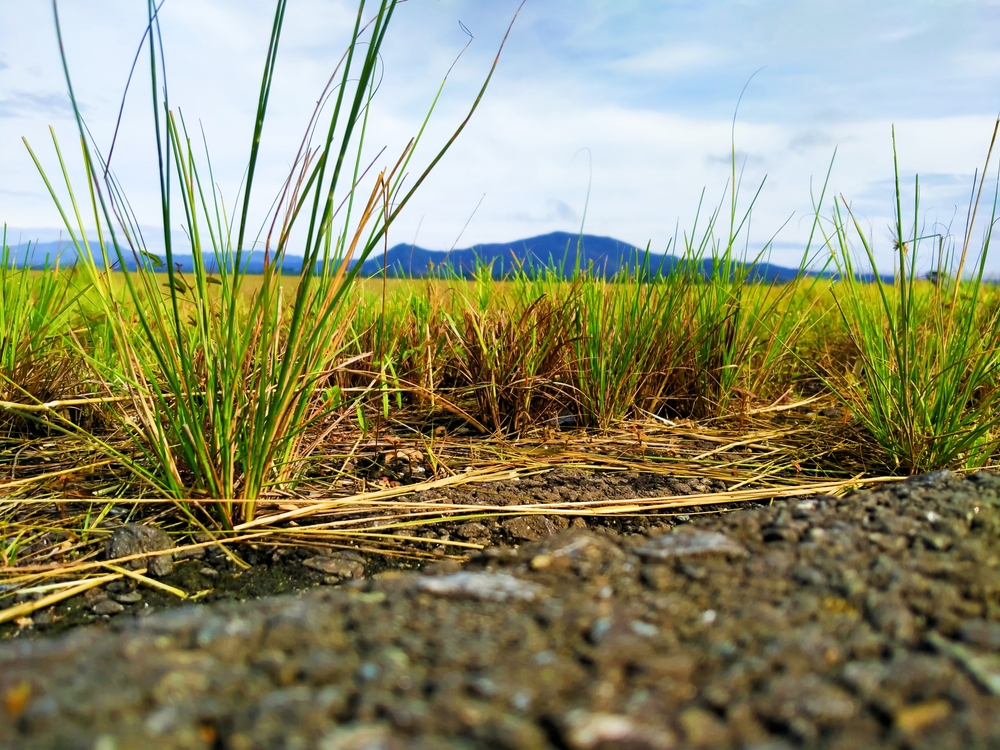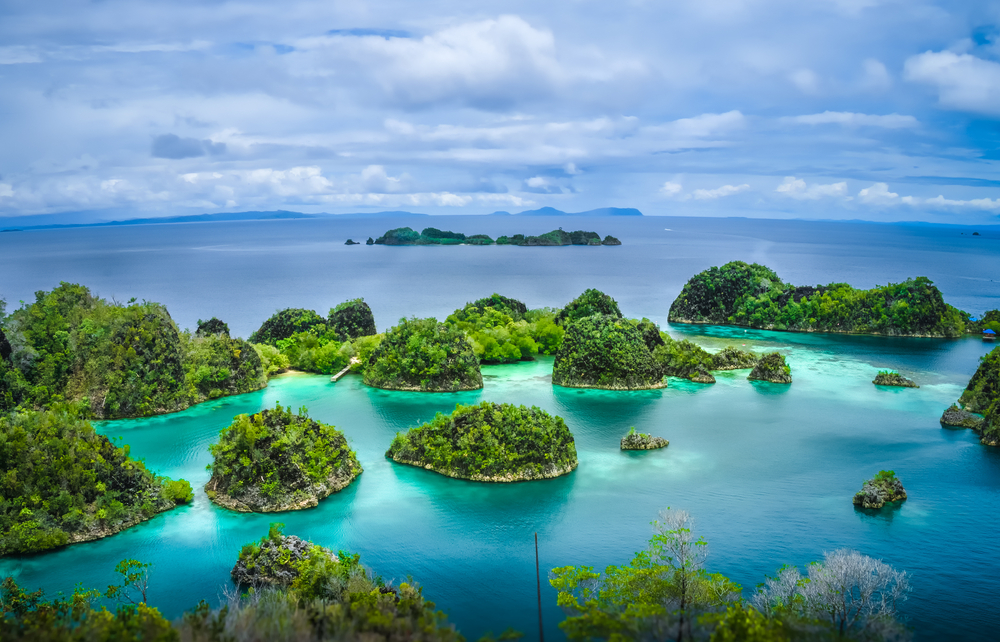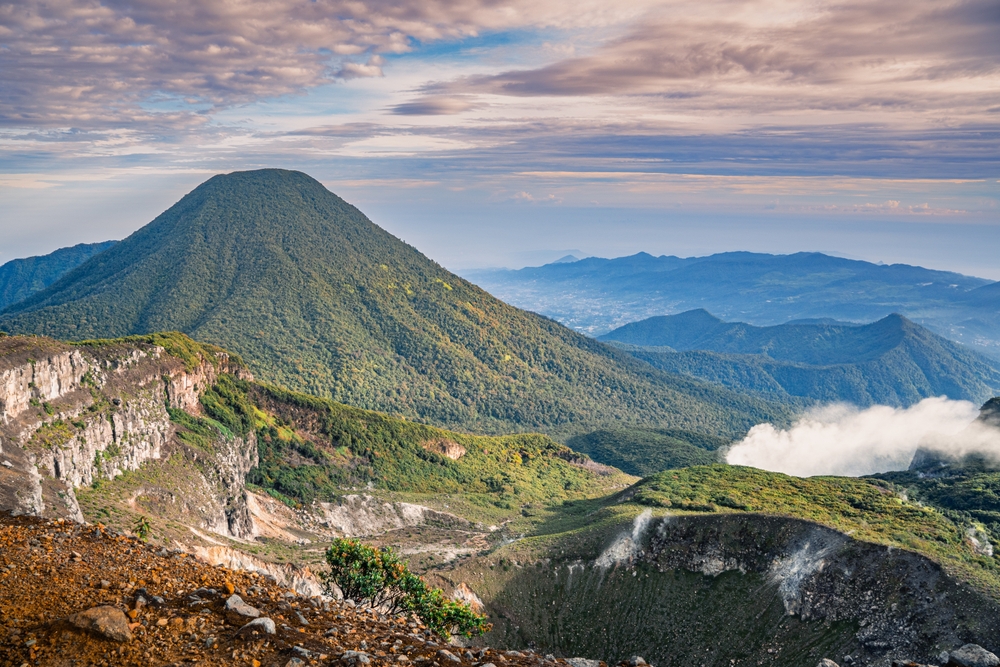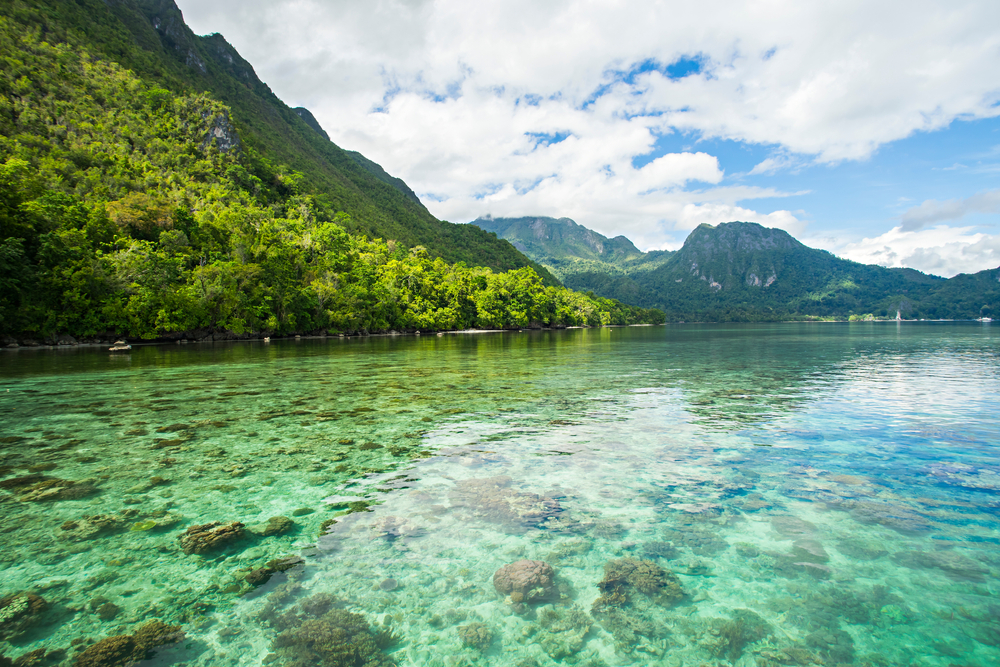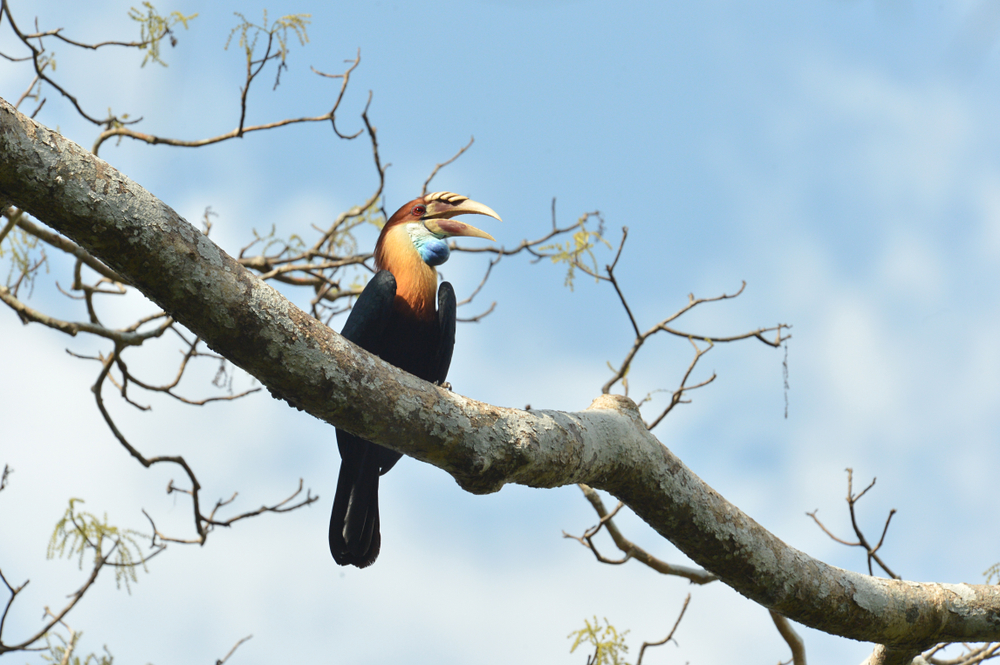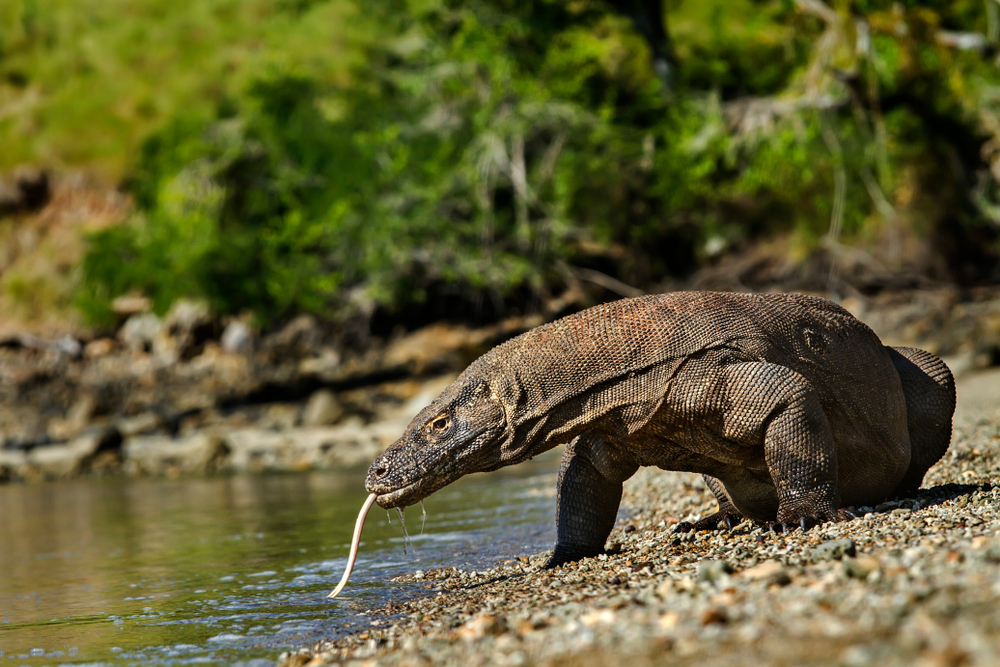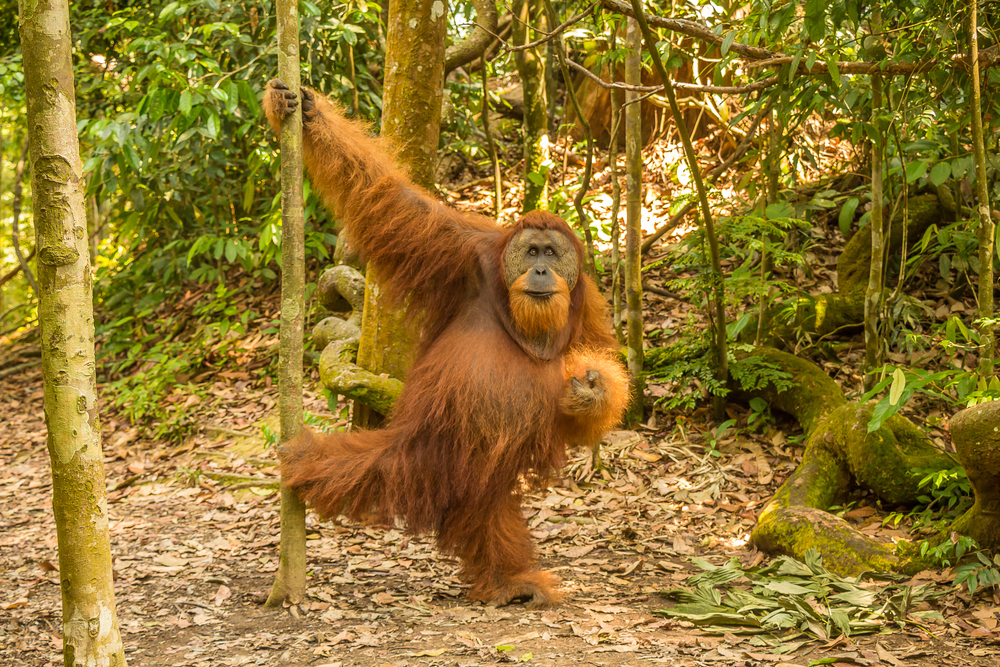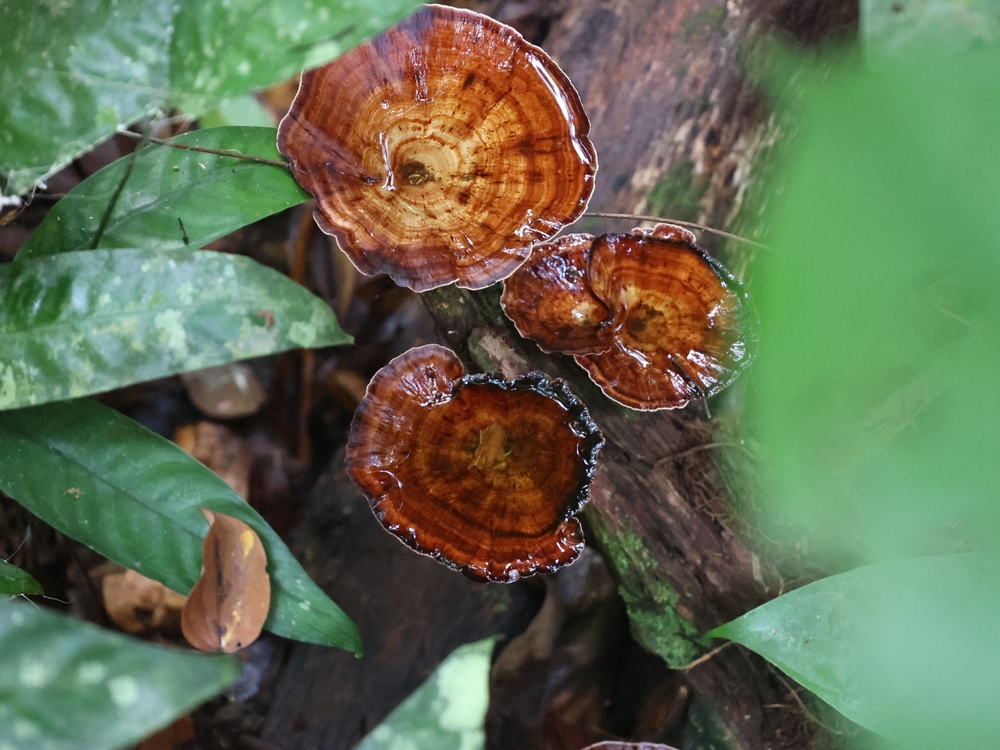Siberut Overview
Siberut National Park, known locally as Taman Nasional Siberut, is a breathtaking natural reserve located on Siberut Island, part of the Mentawai Archipelago in Indonesia. Covering approximately 1,903 square kilometers (735 square miles), the park constitutes much of the island’s land area.
Situated roughly 150 kilometers (93 miles) off the western coast of Sumatra, Siberut National Park is renowned for its dense tropical rainforests, unique biodiversity, and cultural significance as the homeland of the indigenous Mentawai people.
The terrain of the park is characterized by a mixture of lowland and hill rainforests, with elevations rarely exceeding 500 meters (1,640 feet). A network of rivers and streams, such as the Simalegi and the Siberut River, meander through the park, providing essential freshwater habitats and supporting diverse ecosystems.
The park’s landscapes include mangroves, freshwater swamp forests, and coastal areas, creating a patchwork of habitats. Its dense vegetation consists of towering dipterocarp trees, pandanus palms, and an array of ferns, orchids, and climbers. The lush greenery, often cloaked in mist, is a vivid reminder of the tropical richness of this region.
Siberut National Park is a haven for unique wildlife, much of which is endemic to the island due to its long geographic isolation. Visitors may encounter the Siberut macaque, Siberut langur, Kloss’s gibbon, and the Mentawai pig-tailed macaque, all species found nowhere else on Earth. Birdlife is equally impressive, with vibrant kingfishers, hornbills, and the Mentawai scops owl gracing the canopy and underbrush.
The park’s rivers also provide refuge to a variety of aquatic life, while insects and amphibians abound in the moist forest floors. The symphony of calls from gibbons, the rustle of langurs, and the chirping of countless birds form a soundscape that highlights the island’s incredible biodiversity.
Among the park’s most popular features are its cultural and natural attractions. The indigenous Mentawai people, who have lived in harmony with the island’s environment for centuries, offer visitors a glimpse into their traditional way of life, marked by animistic beliefs, intricate tattoos, and unique rituals.
Guided treks into the forest allow visitors to explore pristine wilderness and spot wildlife, while boat journeys along the rivers reveal stunning scenery. The coastal areas, with their pristine beaches and coral reefs, are also popular for snorkeling and relaxation.
Visitors typically engage with the park through eco-trekking, wildlife watching, river tours, and cultural experiences with the Mentawai communities. Conservation-focused tourism initiatives emphasize sustainable practices that benefit both the local people and the park’s fragile ecosystems.
However, Siberut National Park faces challenges, including illegal logging, agricultural encroachment, and climate change impacts. Despite these pressures, conservation efforts, led by Indonesian authorities and international NGOs, have seen some successes in protecting endangered species and supporting sustainable development initiatives within the local communities. Educational programs and eco-tourism projects have also helped raise awareness of the park’s importance, fostering a greater sense of stewardship among visitors and residents alike.








































































